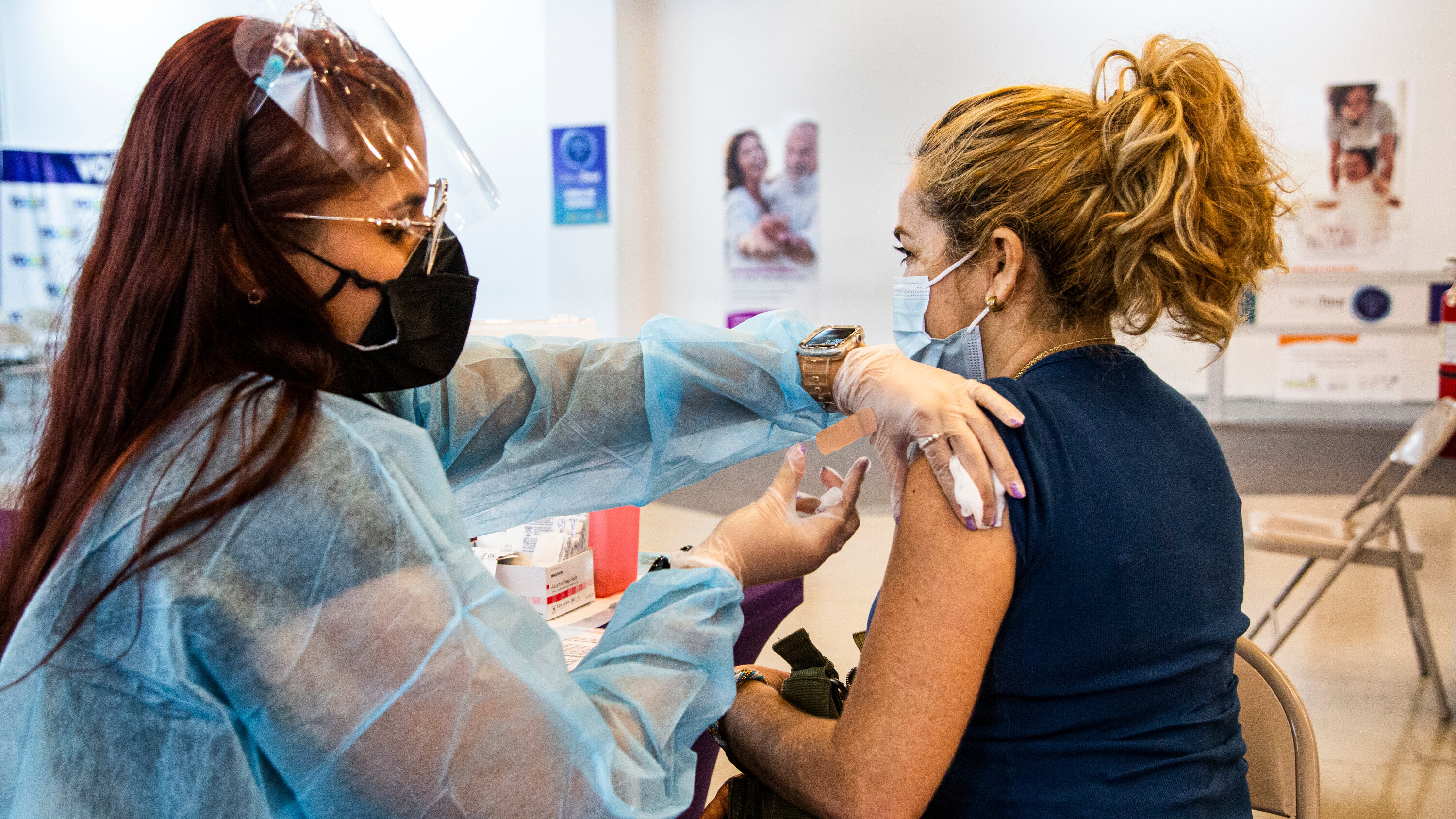In a release on Friday, the Brant County Health Unit said the suspected exposure was in the Gowanda area of the Timiskaming region just north of Sudbury. The release did not say what kind of animal the patient was in contact with.
Rabies is a virus that affects the brain and spinal cord.
"It is typically spread to humans through direct contact with saliva or mucous of an infected animal, such as through a bite or scratch. Bats, skunks, foxes, and raccoons are the most common animals to have rabies in Canada. Even tiny bites or scratches, which can be difficult to see, can transmit the virus," the release said.
Understanding Rabies
Rabies is a serious viral infection that affects the central nervous system. It's typically transmitted through the saliva of infected animals, most often through a bite or scratch. While rare, rabies can be fatal if left untreated.
How Rabies Spreads
Rabies is primarily spread through the saliva of infected animals, often through bites or scratches.
The virus enters the body through the wound and travels to the brain and spinal cord. The incubation period, the time between exposure and the onset of symptoms, can range from a few weeks to several months.
Symptoms of Rabies
The symptoms of rabies can vary but usually appear in three stages:
Prodromal Stage
This stage is characterized by flu-like symptoms, such as:
- Fever
- Headache
- Malaise (general feeling of discomfort)
- Muscle aches
- Loss of appetite
- Nausea and vomiting
- Irritability
Excitation Stage
The excitation stage is marked by more severe symptoms, including:
- Anxiety
- Restlessness
- Agitation
- Confusion
- Hallucinations
- Seizures
- Hyperactivity
- Difficulty swallowing
- Excessive salivation
- Hydrophobia (fear of water)
Paralytic Stage
The paralytic stage is the final stage of the disease. The individual becomes paralyzed, and their breathing and heart rate slow down. Eventually, the individual falls into a coma and dies.
Prevention
The best way to prevent rabies is to avoid contact with wild animals. If you do come into contact with a wild animal, do not try to handle it. If you are bitten or scratched, seek medical attention immediately.
Vaccination
There is a vaccine available to protect against rabies. The vaccine is given in a series of shots. It is important to stay up-to-date on your rabies vaccinations, especially if you are at risk of exposure, such as veterinarians, wildlife biologists, or people who work with animals.
Treatment
There is no cure for rabies, but there is a treatment available that can help prevent the disease from developing. This treatment is called post-exposure prophylaxis (PEP). PEP involves a series of rabies vaccine shots and a dose of rabies immunoglobulin. It must be administered as soon as possible after exposure to the virus.
A Rare But Serious Condition
Rabies cases in humans are so rare, there have only been 26 cases in Canada since 1924, the health unit said. While it's rare, it's serious, causing brain and spinal cord inflammation.
Protecting Yourself and Your Pets
Brant County Health Unit offered up these tips to keep yourself and your pets safe:
- Under law, people must keep their pets and livestock rabies vaccinations up to date.
- Do not touch unfamiliar animals.
- Keep pets away from wildlife.
- Supervise children when they are around animals.
- Don't let pets roam free outdoors.
- Feed pets inside as food outdoors can attract unwanted animals.
- If anyone comes into direct contact with a bat or an animal known to carry rabies and if that animal bites or scratches a person, they are warned to immediately wash the wound with soap and water and seek medical attention.
A Call for Vigilance
The recent case in Ontario serves as a reminder of the importance of taking precautions to avoid rabies. With the warm weather approaching, it's even more critical to be mindful of our interactions with animals, especially wild ones.
The health unit recommends keeping rabies vaccinations up to date for pets and livestock, keeping away from unfamiliar animals, keeping pets away from wildlife, supervising kids around animals, and feeding pets indoors to avoid attracting wildlife.
If direct contact is made with a bat, or someone is bitten or scratched by another animal known to carry rabies, the health unit said to immediately wash the area with soap and water and seek medical attention. For more information, visit bchu.org.
A Community Effort
While rabies is rare, it's a serious threat. By following these precautions and staying informed, we can work together to protect ourselves and our communities from this deadly virus. We can also offer support and understanding to those impacted by rabies, reminding them that they are not alone in their journey.
This story was produced with the financial assistance of the Local Journalism Initiative, a program funded by the Government of Canada.

















